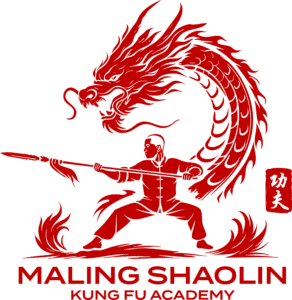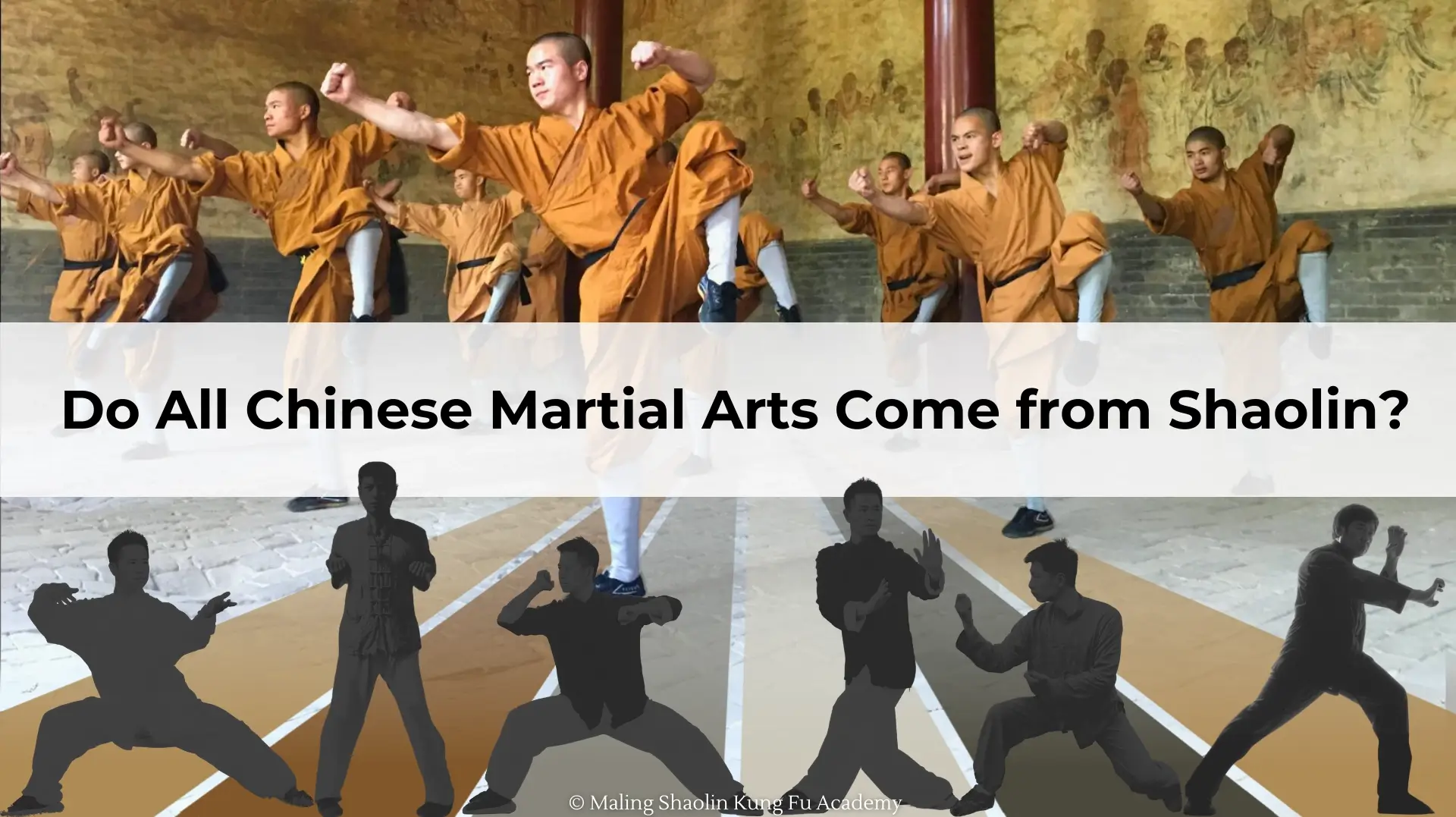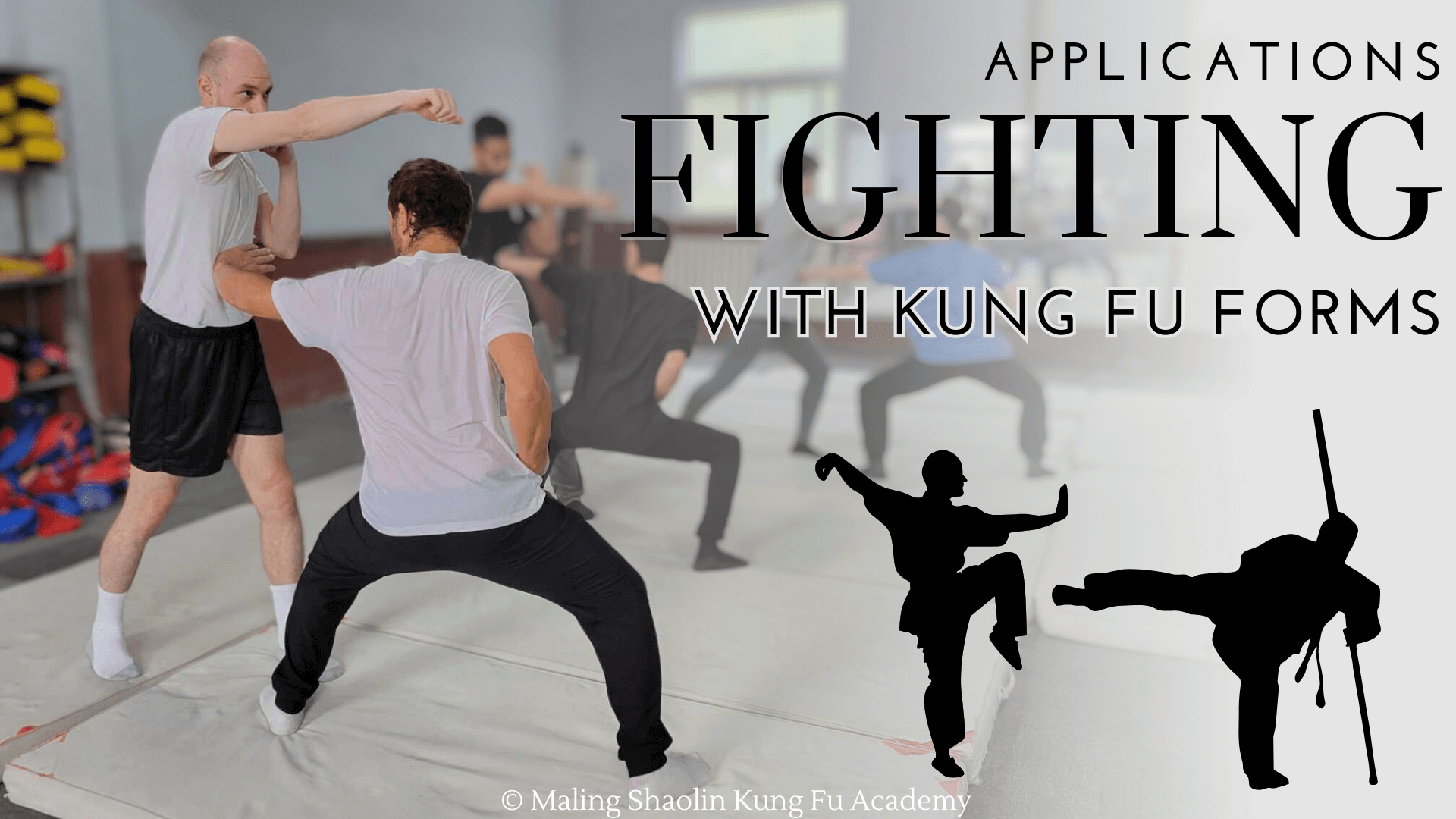LEARN THROUGH
OUR BLOG
When discussing Chinese martial arts, it's common to hear people refer to Shaolin Kung Fu as the origin of all styles. While Shaolin Kung Fu holds a prominent place in Chinese martial culture, the idea that all Chinese martial arts come exclusively from Shaolin is a simplification and not entirely accurate. Let’s explore this premise in more detail to better understand the relationship between Shaolin Kung Fu and other martial arts systems in China.
When people think of kung fu, they often imagine flowing, intricate movements or dramatic, acrobatic forms (called taolu in Chinese). This visual aspect of kung fu is awe-inspiring and artful, but one common question arises: Can learning these forms actually help you fight? To answer this, let’s break down what kung fu forms are, how they contribute to martial skill, and the realities of translating these skills into a fight scenario.
Chinese National Day, observed on October 1st, is one of the most significant holidays in China, marking the founding of the People's Republic of China in 1949. It’s not just a day of national pride but also the beginning of the Golden Week, a seven-day public holiday that gives people across the country a chance to celebrate, travel, and engage in various festivities.
As League of Legends continues to expand its global reach, it's evident that Chinese culture and martial arts have played a significant role in shaping the game's aesthetics, narratives, and design. With Arcane season 2 on the horizon and the global excitement for the upcoming Worlds 2024, this is the perfect time to explore how Chinese literature, history, and martial arts have influenced League of Legends.
Shaolin Kung Fu is a system that combines physical prowess, philosophical depth, and a rich cultural heritage that extends beyond mere self-defense. It is renowned not only for its rigorous training and iconic forms but also for its spiritual foundations and philosophical underpinnings. Although much attention has been placed on the legendary Shaolin Temple, the heart of Shaolin Kung Fu lies in the art itself—its techniques, training methods, and the way it has evolved over centuries.
The Mid-Autumn Festival, also known as the Moon Festival, is one of China’s most important and widely celebrated holidays. Held on the 15th day of the 8th month of the Chinese lunar calendar (usually in September or early October), the festival marks the full harvest moon and serves as a time for family reunions, thanksgiving, and celebrating the beauty of the moon. This year, it falls on September 17, 2024. Happy Mid-Autumn Festival!
Join Maling Shaolin Kung Fu Academy students on an unforgettable journey to the heart of Shaolin kung fu. From the historic Shaolin Temple and meeting Grandmaster Shi De Yang to hiking the breathtaking Songshan Mountains and exploring the ancient Luoyang's Longmen Grottoes, this trip offers a deep dive into China's rich martial and cultural heritage.
The Shaolin Temple is revered not only as the birthplace of Chan (Zen) Buddhism but also as the cradle of Chinese martial arts, particularly Shaolin Kung Fu. The philosophies and practices within the Shaolin Temple are a unique blend of Buddhist teachings, martial discipline, and ethical conduct. This article delves into the various philosophies, precepts, virtues, and the distinctive roles of the monks within the Shaolin Temple.
Luoyang, located in the western part of Henan Province, holds a prestigious place in Chinese history as one of the country’s Four Great Ancient Capitals (中国四大古都). Known as the "Cradle of Chinese Civilization," Luoyang is one of the oldest cities in China, with a history spanning over 4,000 years. It has served as the capital for 13 different dynasties, including the Eastern Zhou, Eastern Han, and Northern Wei, among others.









